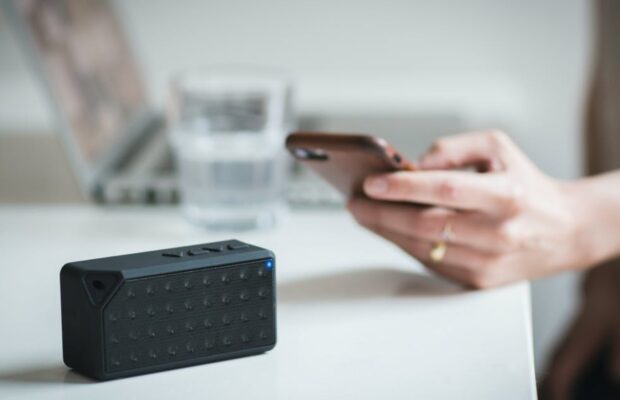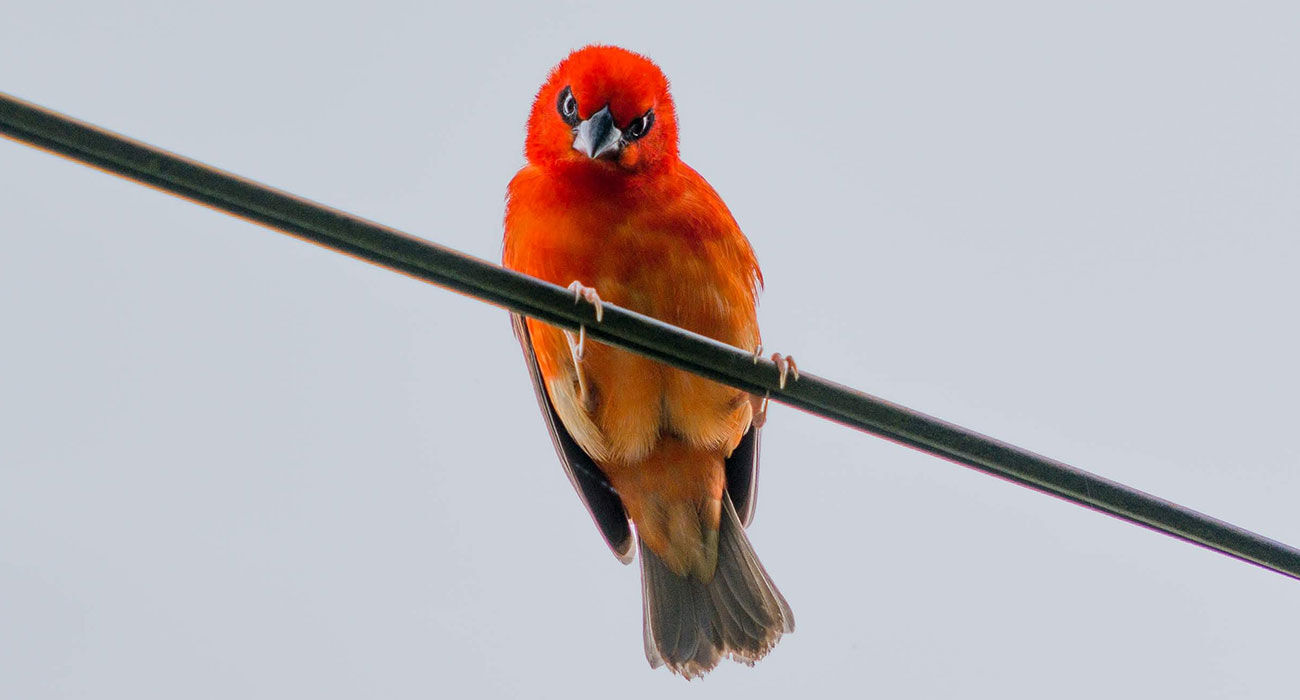the benefits of wifi 6th
Analysts are sure. The iPhone 13, which is believed to be unveiled in September, can handle Wi-Fi 6th. This new internet standard will provide faster internet for more products. Time for an understandable explanation about WiFi 6th.
Read on after the ad.
Contents
The benefits of wifi 6th
You probably rarely use the wireless internet in your home. You may have to restart the router once when the WiFi is not working, but it will stop there. In the background, however, technical companies, such as telephone makers and manufacturers of internet equipment, are working hard on the next phase of wireless internet.
At the moment, all eyes are on Wi-Fi 6e, an extension for Wi-Fi 6. This internet standard is for example in the iPhone 11, iPhone 12 and the iPhone SE, which was renewed in 2020. The “e” in wifi 6th stands for “extended”. In this article, we will consider the benefits of the new WiFi standard and look ahead to the future.
→ Also read: This is what you get from WiFi 6
Extension for wireless internet
Wifi 6e is therefore an extension of the existing variant. You can take these words quite literally, because the new internet standard is expanding the spectrum. The practical advantage of this is that you can connect more devices to your wireless network, without slowing down the speed.
Current WiFi networks use two so-called frequency spectrums: 2.4 and 5GHz. Depending on the type of device, you can connect to one of these frequencies (or both). Roughly speaking, a higher frequency means a faster connection. 5GHz is therefore faster than 2.4GHz. On the other hand, you do sacrifice range. The signal of 5GHz does not reach as far as that of 2.4GHz.
Wifi 6e adds a new frequency spectrum to the two current variants: 6GHz. In theory, this allows you to achieve higher speeds and, for example, it takes less time for a Netflix movie to be downloaded, and YouTube videos do not have to buffer. Moreover, you can ‘just’ continue to use the existing frequencies.

More breathing space
However, the biggest improvement of Wi-Fi 6e is not so much an increase in the maximum internet speed. The addition is mainly about expanding the network capacity. This gives the usually busy 2.4 and 5GHz frequencies a bit more breathing room, because devices can also connect via 6GHz. The different frequencies are therefore less in each other’s way.
As a result, you can connect more devices to a wireless network before things feel sluggish. This plus is particularly important for the future, as we use more and more smart devices. From smart speakers, thermostats, game consoles to robot vacuum cleaners: they all need an internet connection.
An eye to the future
In summary, WiFi 6e provides better wireless internet for more devices. Currently, the average Dutch already has a lot of products with a wireless connection, and that number is unlikely to decrease in the coming years.
The expansion of WiFi 6 will do this by working on the stability of the network. The added frequency space is, for example, a solution for people who live in the city, where the various routers of households are currently competing for a free frequency space.

What do we need for wifi 6th?
So, should we now massively switch to WiFi 6E? The answer is “no”, even if you would like to switch. The internet standard is not yet widely supported. A router with WiFi 6e support is more striking than average and the smartphone market is not ready for it either.
The recently presented Samsung Galaxy S21 Ultra is one of the first phones to handle WiFi 6e and Apple will make the switch at the end of this year. At least, that’s what several analysts think. Including investment bank Barclays claims Apple equips the iPhone 13 series with Wi-Fi 6th support.
This would of course be nice, but for the time being WiFi 6e is a nice addition for most people and companies, but not a necessity. The internet standard does promise to become important for the future. For the time being, Wi-Fi 6 must first gain a foothold.
On to the iPhone 13
We will know for sure in September. In all likelihood, Apple will announce the successor to the iPhone 12. According to rumors, this device will get a smaller screen notch (in which the selfie camera is located), fingerprint scanner under the screen and better display. In addition, several Apple journalists think the phone will be called iPhone 12S, because 13 is an unlucky number.
Stay up to date with the iPhone 13 via the iPhone newsletter and free app.



